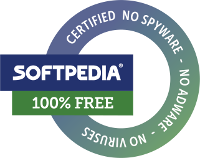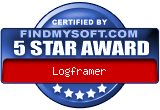The structure of the logframe
The vertical structure
The vertical structure of the logframe is based on the first column:
- Your logframe can have many different goals (in principle up to 99 in total).
- Your logframe can have many different purposes (up to 99 in theory). Often it is advised to keep only one purpose for your entire logframe, but should you want to Logframer can handle multiple purposes.
- Each purpose can have many outputs (again up to 99 outputs per purpose, or 9801 outputs in total).
- Each output can have many activities (up to 99 activities per output, or 970299 activities in total).
The horizontal structure
For each goal, purpose, output or activity in the first column, you can add the following:
- Each item can have many indicators (maximum of 99).
- Each indicator can have many verification sources (max. of 99 per indicator)
- Each goal, purpose, output or activity can have many assumptions (99 max.)
On top of that, for each activity (bottom section) you can add:
- Resources: each activity can have many resources
- Budget items: each resource has one total price, but you can specify different budget items in the Details window.
Other information (details window)
First column:
- You can store information about as many partners and contacts involved in your project as you want.
- For each purpose, you can store information about the different target groups that you want to reach.
- For each output, you can identify key moments. For instance, you can set out deadlines that need to be achieved, or milestones in your project.
- For each activity, you can plan the starting date of the activity and its duration, either as an absolute date or in relation to other activities or key moments (for instance 2 months after the start of your project). You can also plan repeating activities and plan the time necessary for preparation and follow-up.
Second, third and fourth column:
- For each indicator, you can determine how the indicator will be measured, using a variety of measurement options. This way you can for instance produce a standard questionnaire that can be used out in the field.
- For each verification source, you can specify where the information can be found, who is responsible for gathering the information, at what times, etc.
- For each assumption, you can indicate the type of risk that is involved, its likelihood, how you’ll respond and who will take control of the event should it occur.
- You can make detailed calculations about the cost of your resources, indicating numbers, duration and unit costs.





Add new comment